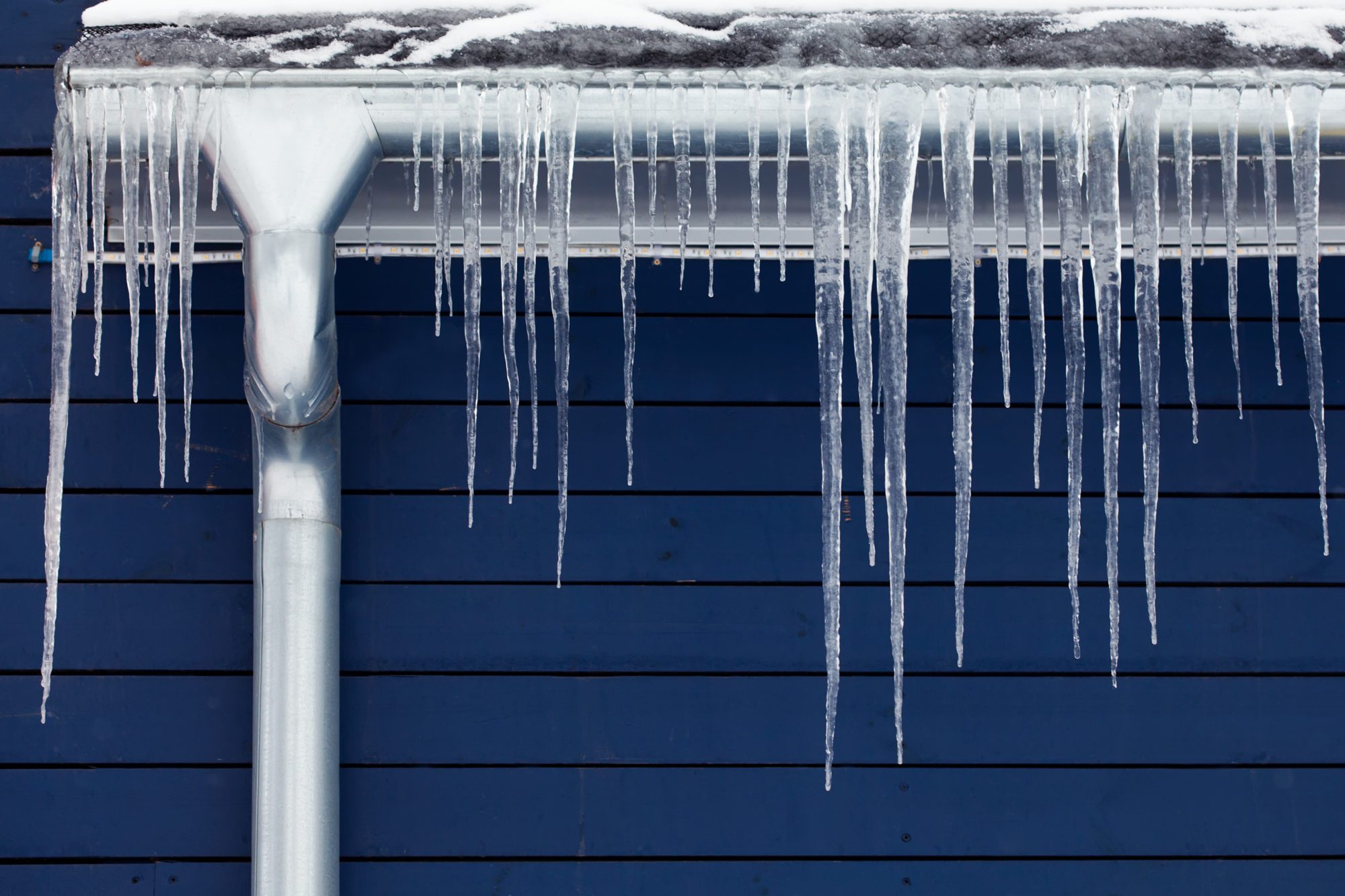How to Protect Pipes from Freezing Damage: Crucial Advice
How to Protect Pipes from Freezing Damage: Crucial Advice
Blog Article
What're your opinions with regards to How To Avoid Freezing Pipes?

Cold weather can ruin your pipes, particularly by freezing pipes. Here's exactly how to avoid it from occurring and what to do if it does.
Intro
As temperature levels decrease, the danger of frozen pipes increases, possibly leading to pricey repairs and water damages. Recognizing just how to avoid frozen pipes is essential for property owners in cold environments.
Avoidance Tips
Protecting susceptible pipes
Cover pipelines in insulation sleeves or use warmth tape to safeguard them from freezing temperatures. Focus on pipes in unheated or external areas of the home.
Heating strategies
Keep indoor spaces properly warmed, particularly locations with plumbing. Open up cabinet doors to enable cozy air to circulate around pipes under sinks.
Just how to identify icy pipes
Seek decreased water circulation from faucets, unusual odors or noises from pipelines, and visible frost on subjected pipelines.
Long-Term Solutions
Architectural modifications
Take into consideration rerouting pipes away from outside walls or unheated locations. Include extra insulation to attic rooms, cellars, and crawl spaces.
Upgrading insulation
Purchase top quality insulation for pipes, attics, and walls. Appropriate insulation helps preserve consistent temperatures and minimizes the risk of icy pipes.
Protecting Outdoor Plumbing
Garden hose pipes and outside taps
Separate and drain garden tubes prior to winter. Mount frost-proof faucets or cover exterior taps with protected caps.
Comprehending Frozen Pipes
What creates pipes to freeze?
Pipes ice up when subjected to temperature levels listed below 32 ° F (0 ° C) for expanded periods. As water inside the pipes ices up, it increases, putting pressure on the pipe wall surfaces and potentially creating them to rupture.
Dangers and problems
Frozen pipelines can cause water supply disruptions, property damages, and costly repairs. Burst pipes can flood homes and create comprehensive architectural damages.
Indicators of Frozen Pipes
Determining frozen pipes early can avoid them from rupturing.
What to Do If Your Pipes Freeze
Immediate actions to take
If you believe frozen pipes, maintain faucets open up to soothe pressure as the ice thaws. Utilize a hairdryer or towels taken in hot water to thaw pipelines gradually.
Final thought
Preventing frozen pipelines requires positive actions and quick reactions. By recognizing the causes, signs, and preventive measures, home owners can protect their plumbing during cold weather.
5 Ways to Prevent Frozen Pipes
Drain Outdoor Faucets and Disconnect Hoses
First, close the shut-off valve that controls the flow of water in the pipe to your outdoor faucet. Then, head outside to disconnect and drain your hose and open the outdoor faucet to allow the water to completely drain out of the line. Turn off the faucet when done. Finally, head back to the shut-off valve and drain the remaining water inside the pipe into a bucket or container. Additionally, if you have a home irrigation system, you should consider hiring an expert to clear the system of water each year.
Insulate Pipes
One of the best and most cost-effective methods for preventing frozen water pipes is to wrap your pipes with insulation. This is especially important for areas in your home that aren’t exposed to heat, such as an attic. We suggest using foam sleeves, which can typically be found at your local hardware store.
Keep Heat Running at 65
Your pipes are located inside your walls, and the temperature there is much colder than the rest of the house. To prevent your pipes from freezing, The Insurance Information Institute suggests that you keep your home heated to at least 65 degrees, even when traveling. You may want to invest in smart devices that can keep an eye on the temperature in your home while you’re away.
Leave Water Dripping
Moving water — even a small trickle — can prevent ice from forming inside your pipes. When freezing temps are imminent, start a drip of water from all faucets that serve exposed pipes. Leaving a few faucets running will also help relieve pressure inside the pipes and help prevent a rupture if the water inside freezes.
Open Cupboard Doors
Warm your kitchen and bathroom pipes by opening cupboards and vanities. You should also leave your interior doors ajar to help warm air circulate evenly throughout your home.
.jpg)
As a passionate reader on How To Avoid Freezing Pipes, I figured sharing that information was beneficial. Sharing is caring. Helping people is fun. Thanks so much for taking the time to read it.
Get Started Report this page